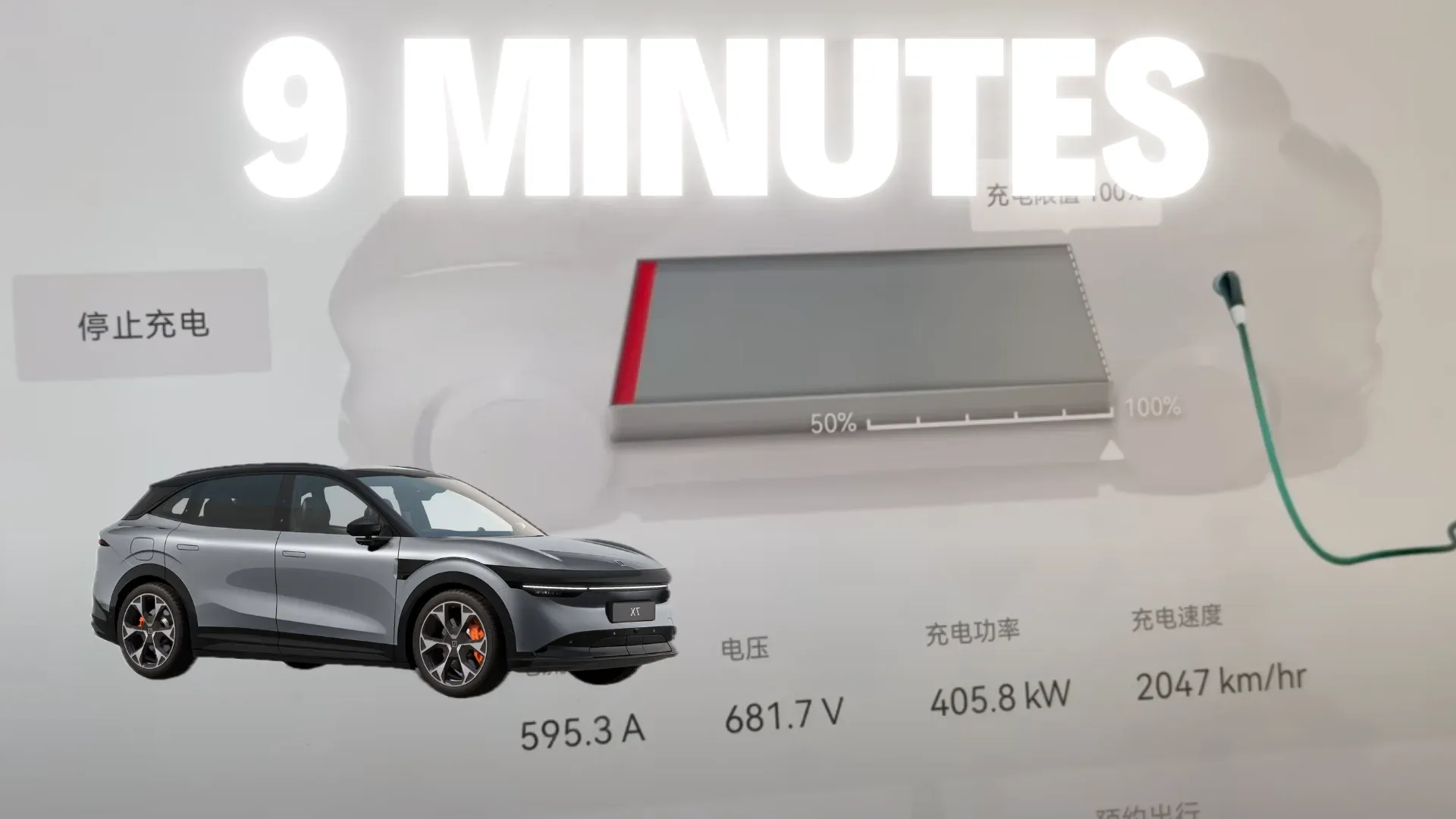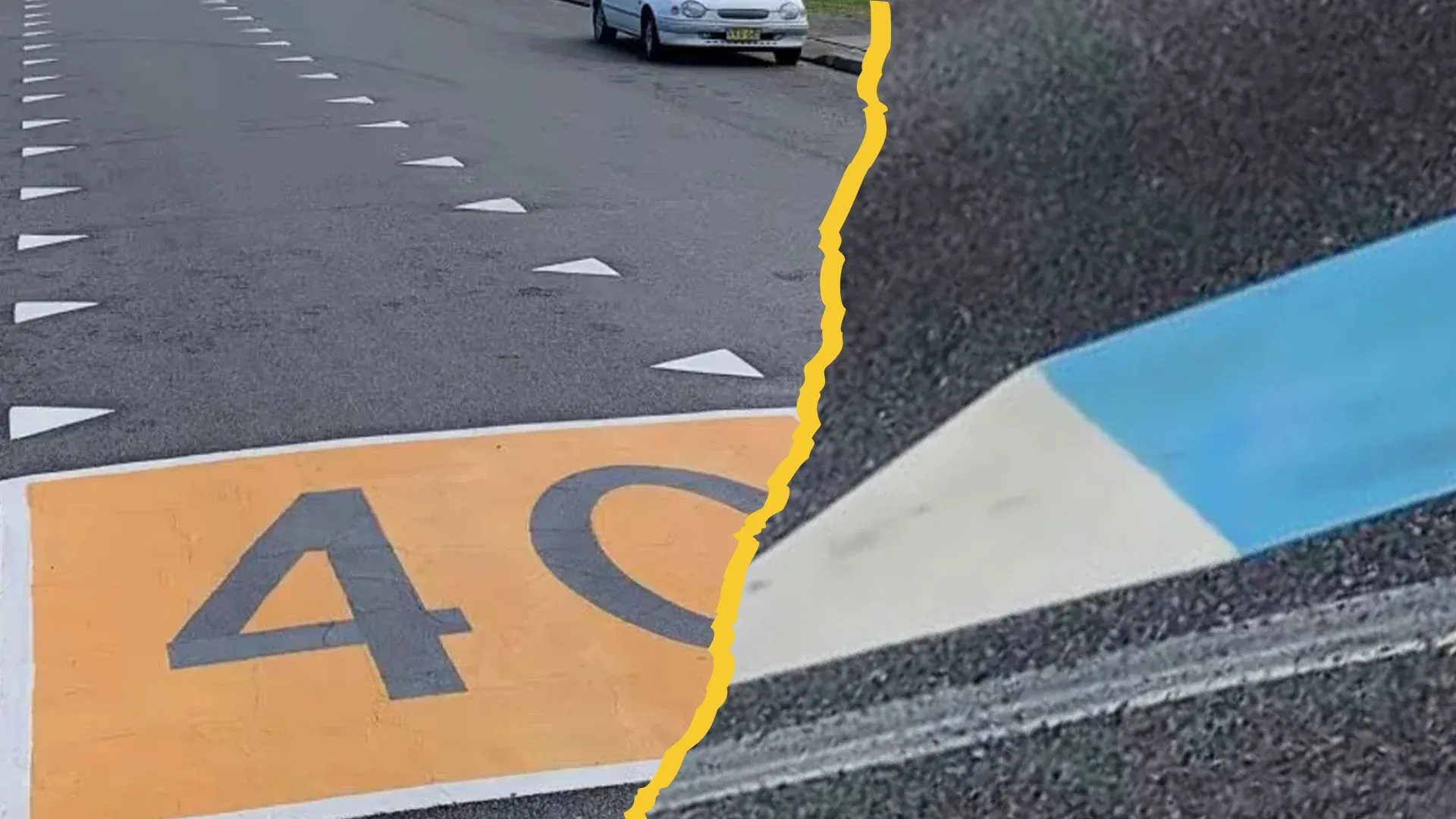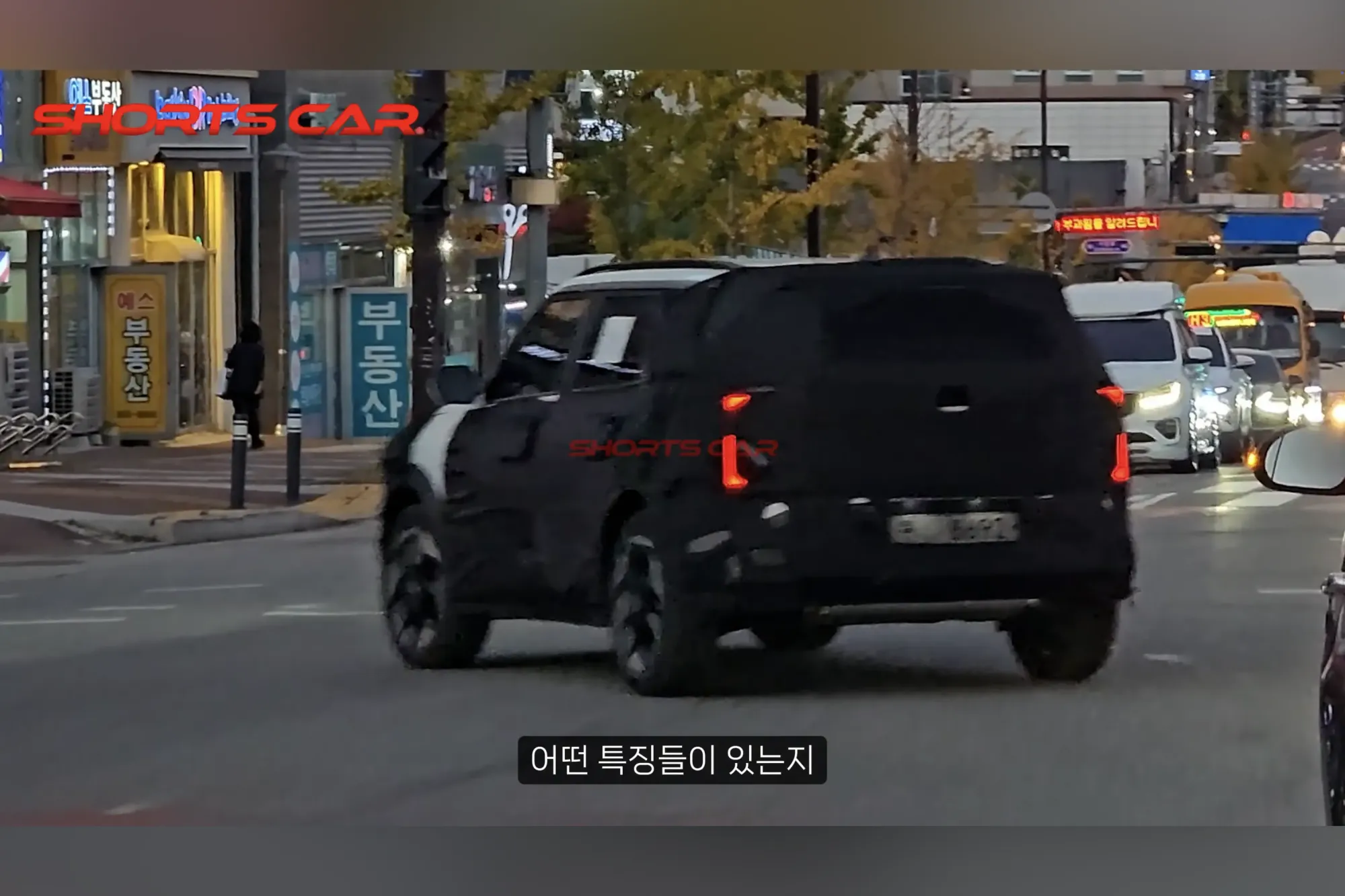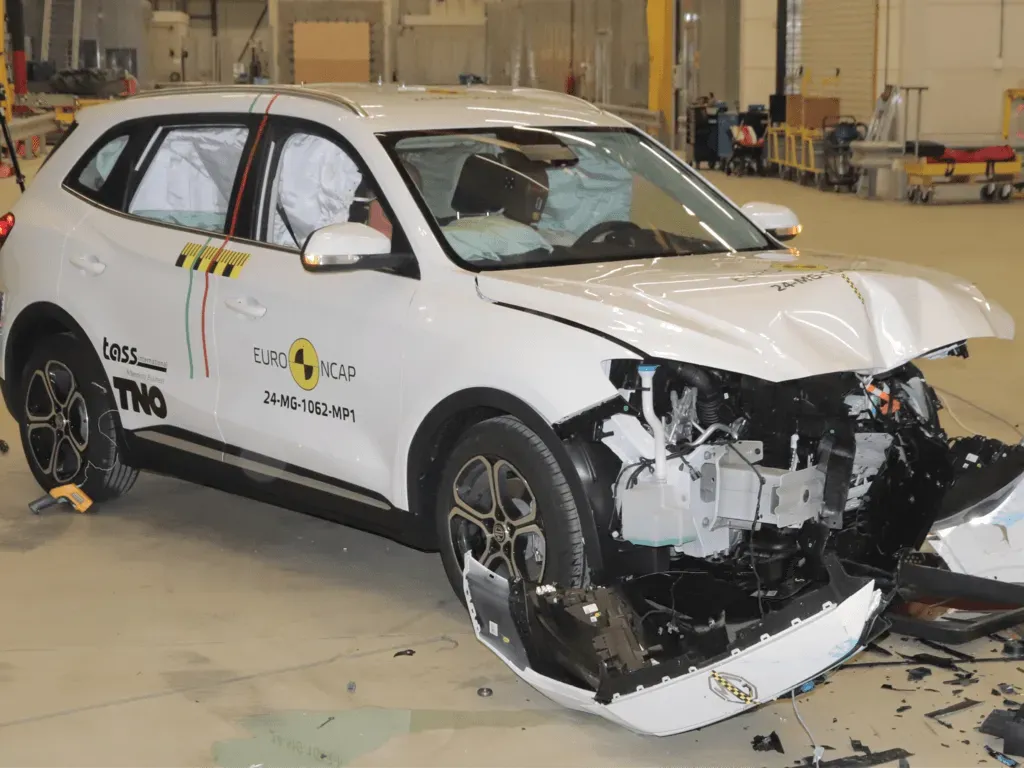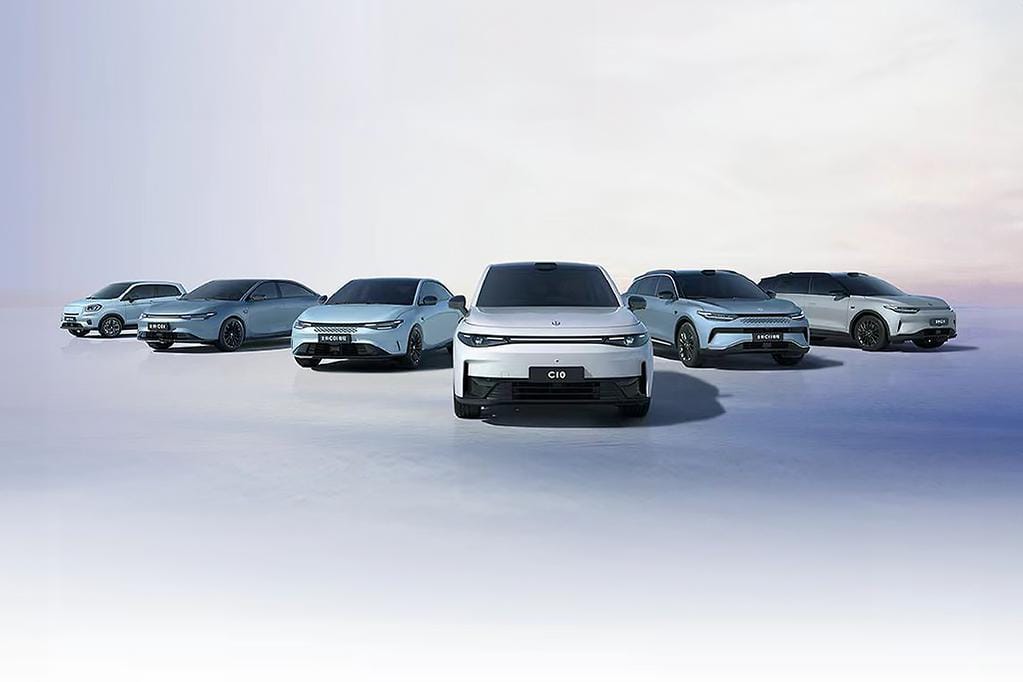Euro NCAP's introduction of new driver assistance system tests in 2026 could lead to fewer vehicles achieving five-star safety ratings, potentially causing confusion among car buyers accustomed to using these ratings as a key decision-making factor.
New Testing Protocols
Key changes to Euro NCAP's testing:

- Focus on driver assistance systems and their effectiveness
- Evaluation of how systems handle various driving scenarios
- Emphasis on physical controls for key functions
Impact on Safety Ratings
Potential consequences of the new tests:
- Fewer vehicles may achieve five-star ratings
- Could create a more nuanced safety rating system
- May lead to a recalibration of consumer expectations
Driver Assistance Systems Evaluation
Specific areas of focus:
- Assessment of lane-keeping assist functionality
- Testing of automatic emergency braking systems
- Evaluation of driver monitoring systems
Physical Controls Requirement
Euro NCAP's stance on touchscreens:


- Encouragement of physical controls for essential functions
- Aim to reduce driver distraction and eyes-off-road time
- Potential impact on interior design trends
Consumer Implications
How these changes might affect car buyers:

- Potential confusion as familiar five-star ratings become less common
- Need for increased consumer education on new safety criteria
- Possible shift in how safety features are marketed by manufacturers
As Euro NCAP introduces more stringent testing for driver assistance systems and emphasizes the importance of physical controls, the landscape of vehicle safety ratings is set to change. While these updates aim to improve overall vehicle safety, they may initially create challenges for consumers in interpreting and comparing safety ratings across different vehicles.




